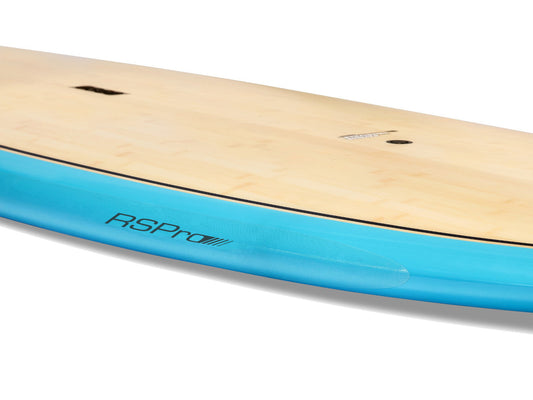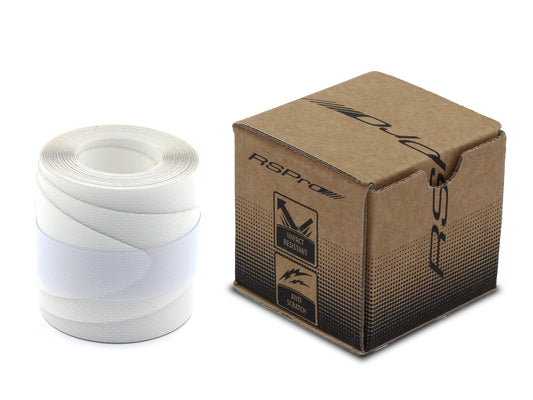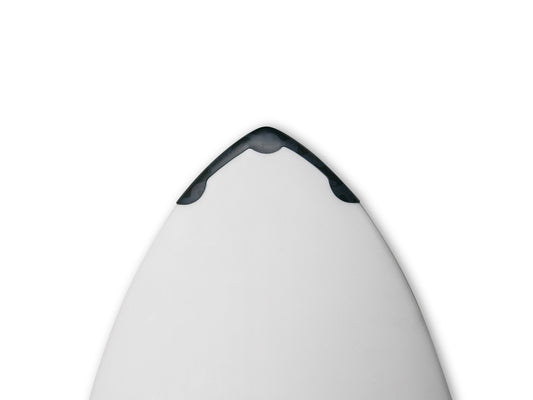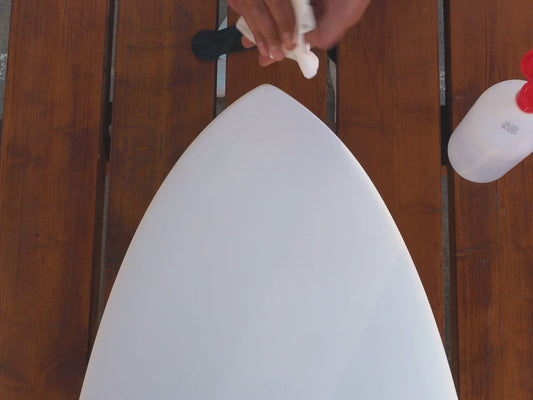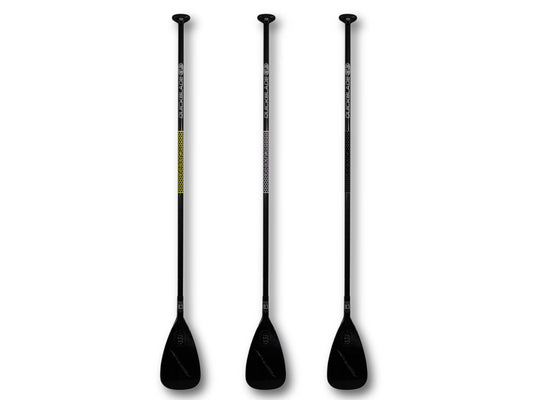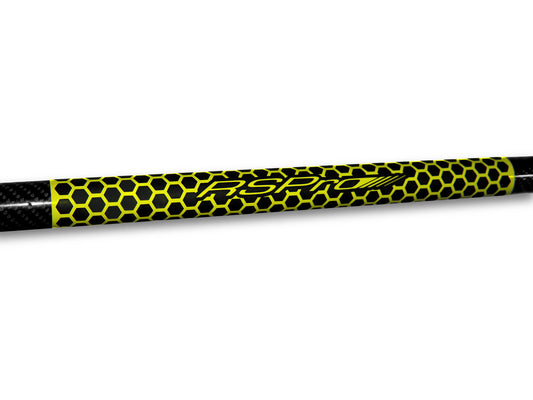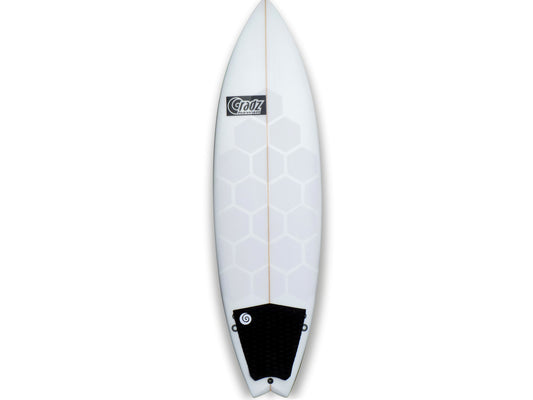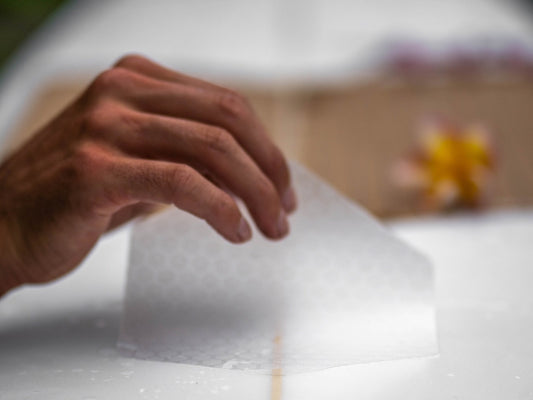Unraveling the Mystery of Fish Surfboards: Key Features and Performance Benefits. The Anatomy of a Fish Surfboard
Carles CarreraShare
Since the inception of surfing, numerous board designs have come to life, each with a unique purpose and performance on the waves. Among these surfboard shapes, the fish surfboard holds a special place. Its distinctive design characteristics offer a surfing experience that can redefine your time in the water.

Origins of the Fish Surfboard
The fish surfboard originated in the surfing mecca of California in the 1970s, during a time when the search for innovative surfboard designs was at its peak. These boards were designed to provide a solution for surfers seeking high-speed rides on slower, smaller waves - a common occurrence along the Californian coast during summer.
Unique Design Characteristics
A fish surfboard can be identified by its distinctive shape and design features. It is typically shorter, wider, and flatter than a standard shortboard, and has a swallowtail design at the back. Similar to a fish, hence its name.
The wider and thicker profile allows for better buoyancy and stability, while the swallowtail assists with swift, smooth turns. Think of it, as a solution to having a small surface tail area while keeping a wide board with flat rails.
Performance of Fish Surfboards
Due to its unique features, a fish surfboard delivers a unique performance on the water. The increased surface area leads to better wave catching ability, making it a favorite for small to medium wave conditions. The board's design also allows for impressive speed and maneuverability.
Wax or Tail Pad? Choosing the Right Fish Surfboard Pad
A key part of maximizing the performance of your fish surfboard is choosing the right fish surfboard pad. Many choose to use fish surfboards without a pad, but this addition can provide increased grip and comfort during your surf sessions.

RSPro offers a range of eco-friendly, performance-enhancing surfboard pads perfect for fish surfboards like the Hexa Tail Wide or the Tail Grip Arrow.
Why Consider a Retro Surfboard?
You might be wondering how a retro surfboard fits into this conversation. A retro surfboard, which often includes fish designs, can provide a feel that's different from modern boards. This makes them an appealing option for those wanting to experience a slice of surfing history.
FAQs
Why is it called a Fish Surfboard?
The name "fish surfboard" comes from its fish-like shape, particularly the tail, which is reminiscent of a fish's tail fins.
Is a fish surfboard good for beginners?
Yes, the wider and thicker design of a fish surfboard provides excellent stability, making it a great choice for beginners.
What is the difference between a fish surfboard and a regular surfboard?
A fish surfboard is typically shorter, wider, and thicker than a regular surfboard, with a swallowtail design for better maneuverability.
Conclusion
Understanding the anatomy and performance benefits of a fish surfboard can guide you in your search for the perfect surfboard. With its unique features and the exciting ride it offers, a fish surfboard might just be the refreshing addition you need for your surfing sessions. Dive into the world of fish surfboards and redefine your wave riding experience!

